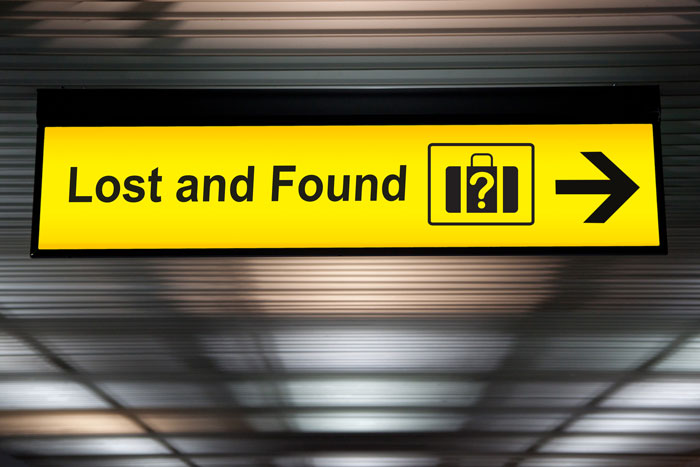Yeast circumvent Dollo’s Law and reacquire traits lost tens of millions of years ago from distant relatives.
Dollo’s Law, first proposed in the 19th century, holds that evolutionary losses are irreversible — if a species discards a complex trait, it will never reacquire exactly that trait.
However, a study published in Genetics highlighted one way that unicellular fungi can break Dollo’s Law: horizontal gene transfer. Although budding yeasts do not normally mate with distant relatives, data indicate that they can occasionally exchange genetic material and thereby regain lost genes or even gene clusters, despite functioning without them for millions of years.
Odd species out
“Laws in biology are almost meant to be violated. It’s a science of exceptions,” says Chris Todd Hittinger, one of the senior authors. Hittinger leads a laboratory at the University of Wisconsin-Madison, where he and his team study yeast metabolism, biodiversity, evolution, and ecology. This recent study emerged from data observations collected as part of the Y1000+ Project, a National Science Foundation-funded collaboration between Hittinger’s lab, Antonis Rokas’ lab, and others worldwide. The initiative is aimed at cataloging and analyzing genomic and metabolic data for all known yeast species from the subphylum Saccharomycotina in order to understand their evolution and ecological functions.
First author Max Hasse, who was an undergraduate researcher in Hittinger’s lab at the time, was the first to notice something odd in the Y1000+ Project data: some species that feed on the sugar galactose are deeply embedded in clades in which the other species generally cannot use galactose.
“His instincts were absolutely right,” says Hittinger. “For a junior in college to have that kind of scientific insight and know where to follow things really bodes well for his career.”
The researchers investigated the genomic data further and found that in these out-of-place species, the structures of the GAL gene clusters (needed for metabolizing galactose) were strikingly similar to those of distantly related budding yeasts, specifically species in the CUG-Ser1 clade. Further investigation led them to conclude that by far the most likely explanation was that CUG-Ser1 yeast served as common donors of the GAL gene cluster to at least four other species via horizontal gene transfer.
The researchers were somewhat surprised to find horizontal gene transfer in the yeast galactose utilization pathway because Saccharomyces cerevisiae — the best-known model yeast species — has a galactose utilization pathway that is encoded in multiple places throughout the genome, making transfers more difficult. These genes are tightly controlled by dedicated regulatory genes scattered across the genome. However, in CUG-Ser1 yeast, the GALgenes are clustered together and more loosely regulated by conserved factors.
Broader evolutionary takeaways
Although trait reacquisition via horizontal gene transfer is much more common in bacteria and unicellular eukaryotes in direct contact with their environment, this study underscores some broad evolutionary principles that hold true even in multicellular eukaryotes.
“Sometimes in the popular press, evolution gets portrayed as being all about chance,” says Hittinger. “There’s an element of that, but there’s also an element of predictability.” In the case of yeasts, evolutionary trait reconstruction modeling revealed that allowing trait reacquisition in some cases is more evolutionarily likely than only allowing for trait loss across all scenarios.
However, says Hittinger, “it is still true to a point that once you lose something it’s very hard to regain it.” In the paper, the authors point out that the GAL genes of the CUG-Ser1 clade represent something of a “best-case scenario” for trait reacquisition. This is true for several reasons. As well as the genes being closely collocated and regulated by conserved factors, the phenotype offers a clear competitive advantage in galactose-rich environments, making it more likely that the trait will persist in the species once reacquired.
Even among budding yeasts, trait reacquisition is probably rare in the absence of these factors. The species that reacquired galactose utilization stood out in this study precisely because the vast majority of closely related species had not reacquired the trait, instead continuing down apparently loss-permanent evolutionary pathways.
Next Steps
As the Y1000+ Project continues, “there are a lot of exciting directions,” says Hittinger. In the immediate future, the team intends to follow up on other possible cases of horizontal gene transfer between yeast species, tying the known examples to other losses of metabolic pathways and reacquisitions. “There are lots of great candidates out there.”
CITATION:
Repeated horizontal gene transfer of GALactose metabolism genes violates Dollo’s law of irreversible loss
Max A B Haase, Jacek Kominek, Dana A Opulente, Xing-Xing Shen, Abigail L LaBella, Xiaofan Zhou, Jeremy DeVirgilio, Amanda Beth Hulfachor, Cletus P Kurtzman, Antonis Rokas, Chris Todd Hittinger
GENETICS 2021 217: iyaa012.































